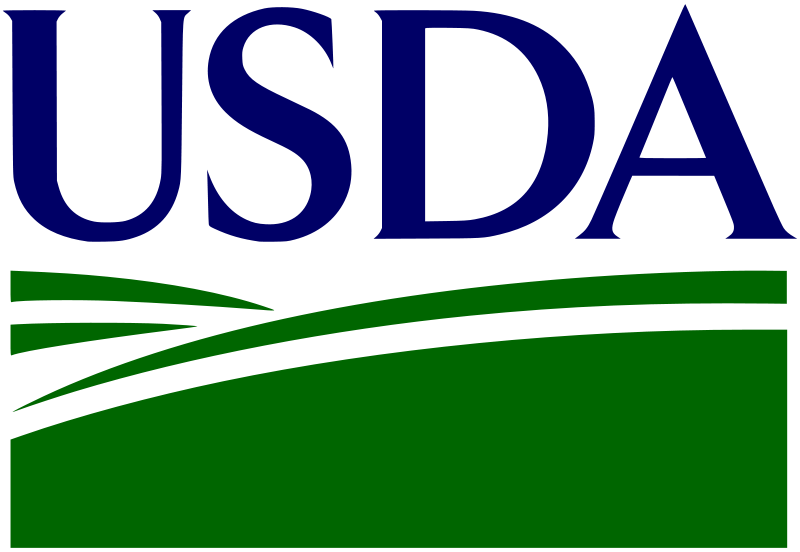André Dozier, Alex Maas, and Mazdak Arabi
Dept. of Civil & Env. Engineering and Dept. of Ag. & Res. Economics, CSU
The purpose of this portion of the research is to synthesize, integrate, and disseminate the data, models, results, and findings of each of the working groups within the water sustainability and climate project. In addition to synthesis, the research aims to integrate optimization algorithms with the assessment modeling system in order to inform planning decisions for sustainable water management. The goal of this work is to develop an integrative and adaptive analysis framework for the development of optimal adaptation strategies at the regional scale under uncertain climate, land use, and energy outcomes over the next century. Objectives of the work are as follows:
- Assess feasibility and utility of within-basin water management solutions including agricultural and municipal water conservation and alternative water transfer methods under various institutional agreements,
- Identify key factors within each institutional agreement that either constrain or complement sustainable solutions under a changing and uncertain climate, population, land-use and energy outlook, and
- Determine optimal levels of feasible within-basin water management solutions under both current and ideal institutional agreement environments.
A case study will be conducted in the South Platte River Basin in which rapid urbanization and shifting climatic conditions have motivated adoption of in-basin solutions.
Methods
Data synthesis and dissemination is provided at http://www.erams.com/sprb, where the various working groups share, add, analyze, and disseminate GIS and table-based data and model results that have either been collected or generated. The following models will be calibrated and tested to provide estimates of fluxes in water quality and quantity in addition to cost of solution implementations: SWAT, MODFLOW, DayCENT, IUWM, a water allocation model, and a computable general equilibrium model. Connections between SWAT, MODFLOW, DayCENT, IUWM, and a water allocation model make up the physical assessment modeling system, whereas a coarser water allocation model and computable general equilibrium model make up the institutional assessment modeling system. Model integration into the platform is provided by a combination of a modeling system named the Object Modeling System (OMS) and a model integration system following the MOdel Data Passing Interface (MODPI) that is called fortmodpi . Further description of MODPI and models that will be integrated into the system can be found on the overarching project website here: http://erams.com/sustainablewater/data-and-model-integration/.
Institutional agreements such as the traditional prior appropriation doctrine, water markets, and varieties of pollution control policies will provide various parameterizations for the assessment modeling system. Such parameterizations will be run through the optimization routine to analyze the tradeoffs between vulnerability and cost of the various solution strategies, including the following:
- Agricultural water conservation
- Improved irrigation and water use efficiency,
- Limited irrigation,
- Lease fallowing, and
- Permanent fallowing
- Urban water conservation
- Greywater reuse systems,
- Rainwater harvesting,
- Restricted irrigation, and
- Improved utility pricing
- Ag-Urban Alternative Water Transfer Methods
- 3 out of 10 year leasing schemes, and
- Expedited water rights transfers
- Storage solutions
- New storage facilities,
- Distributed storage, and
- Additional storage capacity on existing storage facilities
- Water quality improvement
- Improved drainage,
- Pesticide and fertilizer management, and
- Combinations of other agricultural and municipal water conservation strategies
Each set of parameterizations will be run through the assessment modeling systems in order to assess cost and vulnerability (or other sustainability indicators) of each solution.
Both private and public cloud computing infrastructure will be utilized in running the integrative modeling system behind the GIS-based front end on http://www.erams.com/sprb. Uncertainty assessment of model outputs will be provided using the Cloud Services Innovation Platform (CSIP) developed by David et al. (2014). The Object Modeling System (OMS) will be placed within CSIP to provide modeling and optimization within the cloud. Optimization routines will be integrated into OMS that communicates inputs and outputs to and from both physical and institutional modeling systems. Multi-objective genetic algorithms and goal programming are being considered for optimization. However, due to high computational expense and problem complexity due to socio-economic considerations, a new method may be developed that harvests optimal solutions provided directly by stakeholders through online gaming solutions linked to the assessment modeling systems. Another technique to address high computational expense is to formulate a subset of strategies that may be selected to provide a reasonable number of alternatives for Multi-Criteria Decision Analysis (MCDA).
Preliminary outcomes
Preliminary outcomes from an inter-annual storage assessment that investigated the interaction between storage and institutional agreements regarding water within the Colorado Big Thompson Project (CBT) are provided in a final report. In order to reproduce the outputs from the study, download and unzip the following code, install python (and numpy, scipy, and matplotlib packages) and execute reproduce.py:
Results may take several days to reproduce.
Expected outcomes
The main expected outcome is a Pareto optimal front with uncertainty bands around each solution, and categorized under various institutional agreements. Data and model outputs will be accessible via http://www.erams.com/sprb, in addition to being able to change parameters and other forcing variables to run more scenarios and assess impact on regional water quantity and quality. Several open-source packages will be produced including the model integration system (MODPI), the water allocation model, a Python-based stochastic dynamic programming (SDP) package, and the JMetal optimization framework connected within OMS, and will be provided in public online repositories for download, adaptation, and potential collaboration with other developers.


